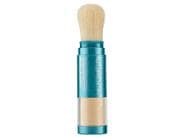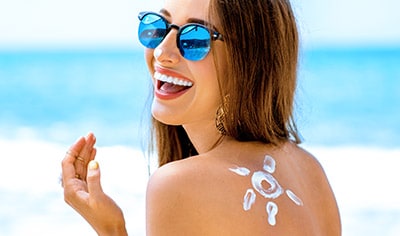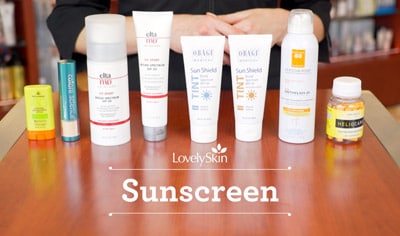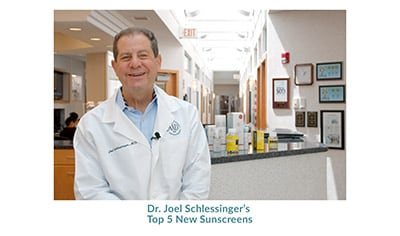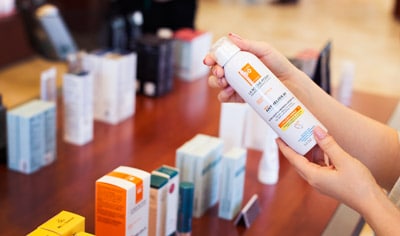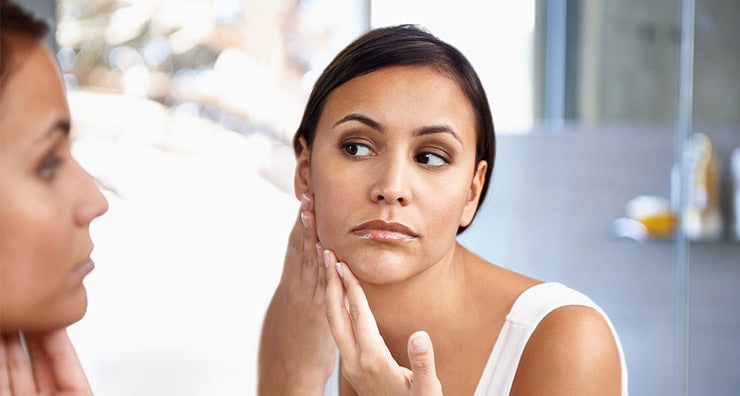
Symptoms of an illness are a tell-tale sign that something is wrong. Fortunately, with your skin we actually get to see any concerning changes– something we don’t get to do when anything is off inside of our body. But when it comes to factors that cause skin cancer, it can be difficult to know exactly which scary symptoms to look for, especially if you have a lot of moles to keep track of. We consulted with board-certified dermatologist and LovelySkin CEO Dr. Joel Schlessinger, to learn more about the typical and not so typical melanoma symptoms and other skin cancer symptoms that can be unusual or easy to miss.
What is melanoma?
Dr. Schlessinger says,
“melanoma develops when ultraviolet radiation from the sun or tanning beds causes DNA damage to skin cells. This damage triggers mutations that cause skin cells to multiply at an accelerated rate and form malignant tumors.”
Everyone is at risk for melanoma, but increased risk depends on several factors including sun exposure, number of moles on the skin, skin type and family history. For example, those with fair skin, lighter hair and lighter eye color have a higher risk of developing melanoma. Anyone who has 50 or more moles, large moles or unusual looking moles is also at risk. Melanoma is more common in those who’ve had blistering sunburns in early childhood, but sunburns later in life also pose a threat. Perhaps most importantly, indoor tanning also increases a person's melanoma risk by 75 percent.
What does melanoma look like?
Melanoma symptoms can be clear and distinct, but not always. The good news is that if melanoma is diagnosed and treated in its early stages, it is almost always curable. It’s important to check your skin for signs of changes, especially if you’ve visited tanning beds in the past. Dr. Schlessinger says that a melanoma is usually a darker pigmented mole on the body, though it can sometimes appear lighter. If you notice a mole you’re suspicious of, follow the simple ABCDEs of melanoma to determine if you should be concerned:
Asymmetry – If you draw a line through the middle of a mole and it’s not the same on both sides, the mole has asymmetry- a clear warning sign.
Border – If the border of the mole is jagged, notched or scalloped, the mole could be in the early stages of melanoma.
Color – A mole with a variety of colors including brown, tan, black, red, white or blue could be a melanoma.
Diameter – Melanomas often have a larger diameter than benign moles. If your mole is larger than the eraser tip on your pencil, it’s time to get it checked.
Evolving – Benign moles look the same as time passes. If your mole has evolved or changed, it’s time to see a dermatologist for an expert evaluation.
What are some unusual signs of melanoma?
So, what about melanoma symptoms we don’t know to look for? Here are a few things Dr. Schlessinger says you need to know:
Melanomas aren’t just for skin – If you ever notice a dark, vertical line in your nail bed, visit your dermatologist. This could be a form of melanoma called subungal melanoma, a form of skin cancer that affects the nail bed. Additionally, melanomas can form in the eye area, so if you have a history of melanoma in your family, make sure to inform your ophthalmologist of this prior to your exam.
Melanomas aren’t always black - Melanomas aren’t only jet-black in color, although, they typically are. Melanomas can actually be blue, white or even red in color.
Melanomas can be found in odd places - Abnormal moles on the feet and hands can be worse actors in general. Why? Dr. Schlessinger says,
“One of the reasons I suspect that moles on the hands and feet are bad actors is that people simply don't examine these areas. For this reason, I always examine these areas when my patients come in for mole exams, even if my patients doubt there are any issues. It is shocking how many we find when we take the time to look!”
Finally, and perhaps most importantly, Dr. Schlessinger says that the one symptom you will never feel is pain. He adds,
“Most people think that something horrible will cause them pain, but that just doesn't happen in skin cancer. Malignant moles are painless, but deadly, and if you have any questions, you should see a board-certified dermatologist for a thorough check, as it could save your life!
If you’re unsure of a mole should be checked by a doctor, try the ugly duckling method. The ugly duckling method is based on the concept that melanoma often looks different than surrounding moles. Normal moles resemble each other while melanoma typically looks or feels different.
What does skin cancer look like?
While it is the most deadly, melanoma isn’t the only skin cancer that you should be diligent about keeping an eye on. According to the American Academy of Dermatology, basal cell carcinoma (BCC) has increased 145% over the last 3 decades and squamous cell carcinoma (SCC) has increased 263%. Basal cell carcinoma is a bump or a pearly area on the skin that grows very slowly. A squamous cell carcinoma is a scaly area on the skin that if left too long can metastasize in the body.
So, what are the unusual squamous cell carcinoma and basal cell cancer symptoms? Dr. Schlessinger says,
“The silent clue for both of these types of skin cancers is if the mole or scaling spot frequently bleeds, but looks no more concerning than other moles.”
What do dermatologists recommend for skin cancer prevention?
In additional to yearly visits with your dermatologist, one of the best ways to prevent skin cancer and melanoma is by practicing sun safety. Always wear sunscreen with an SPF of 30 or more every day, even when the sun isn’t shining. Avoid spending time outdoors between 10 a.m. and 4 p.m. when the sun is at its peak, and always seek shade. If you’re playing sports outside, choose a water-resistant sunscreen with a high SPF, and reapply often. Protective clothing like long sleeves, long pants, polarized sunglasses with UV protection and wide-brimmed hats can provide additional protection from the sun.
Need some sunscreen recommendations? Here are four of our favorites:
Best Sunscreen for Acne Prone Skin
EltaMD UV Clear SPF 46- This broad spectrum, non-comedogenic sunscreen is Dr. Schlessinger’s favorite for anyone with acne or blemish-prone skin. It protects the skin from harmful UVA and UVB rays while addressing acne with 5% high-purity niacinamide and moisturizing the skin with hyaluronic acid.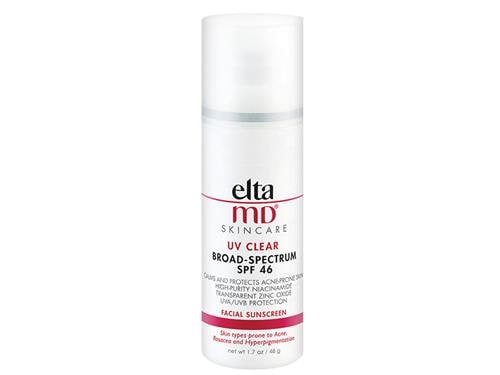
Best Sunscreen for On-the-Go
Colorescience Sunforgettable Total Protection Brush-On Shield SPF 50- Keep your sun protection close by with handy, versatile 100% mineral sunscreen that can be effortlessly brushed onto bare skin or over makeup. It sweat-resistant for 80 minutes and shields skin from UVA and UVB rays, as well as blue and infrared light. Plus, it’s been recently re-formulated with a new EnviroScreen Technology to provide protection from environmental aggressors and pollution.
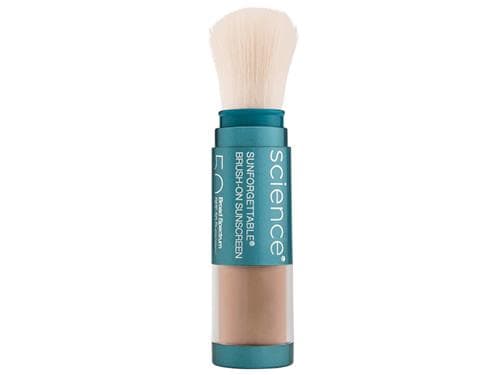
Best Sunscreen Supplement
Heliocare Sun Protection Pills- Get supplemental sun protection in pill form with this supplement that is formulated with an antioxidant-packed fern extract that helps skin maintain its immune response against sun damage. Heliocare supplements are vegan, gluten-free and artificial dye-free – but they don’t provide enough protection on their own. Always use them in conjunction with a topical sunscreen.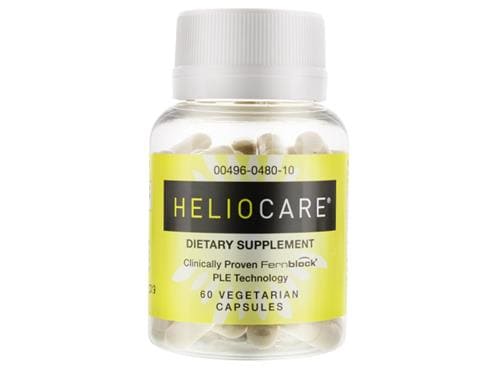
Best Lip Sunscreen
EltaMD UV Lip Balm Broad Spectrum 31 Don’t forget about sunscreen for your lips! EltaMD UV Lip Balm Broad Spectrum 31 protects delicate lip skin with zinc oxide and octinoxate and hydrates and prevents flakiness with olive oil and botanical waxes. This balm is tint-free so it’s perfect to wear with your favorite lipsticks or glosses to maintain vibrant color.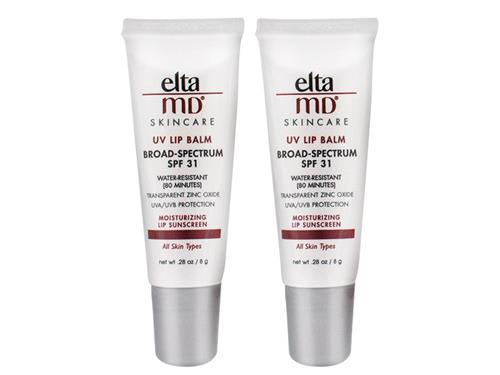
Want to know more about what to look for when checking your body for signs of skin cancer? Read more about skin cancer myths on our blog.

About the Author
Jill is a content writer for LovelySkin. She loves reading up on the latest beauty trends, going to concerts with her husband and baking with her three kids.
Other Posts by JillFour Skin Problems & How to Fix During P...
Natural Nourishment: Choose the Best Bod...
Follow us on social
Follow us on social networks and be one of the first to learn about sales, giveaways, and free samples

